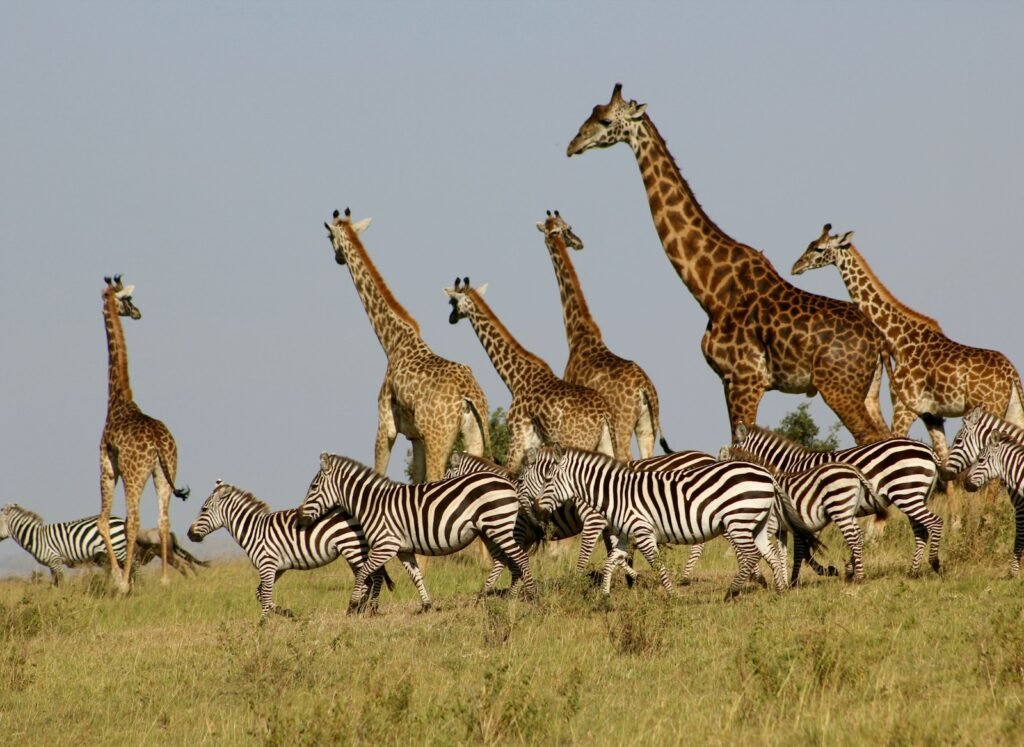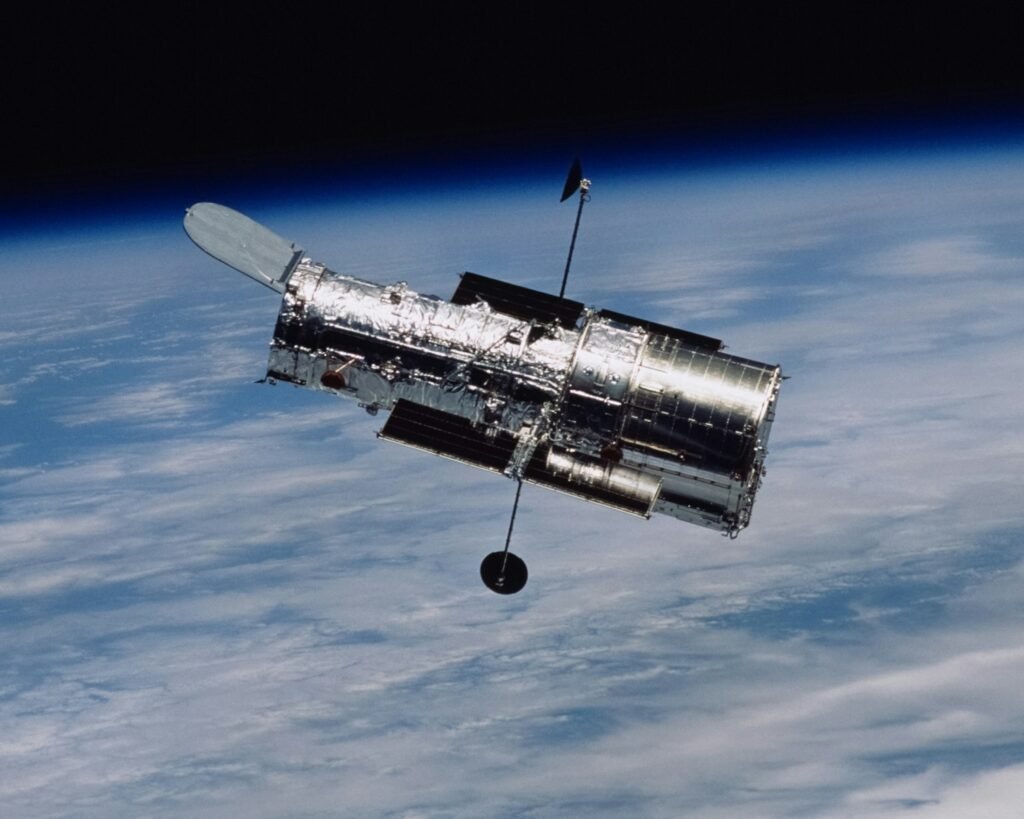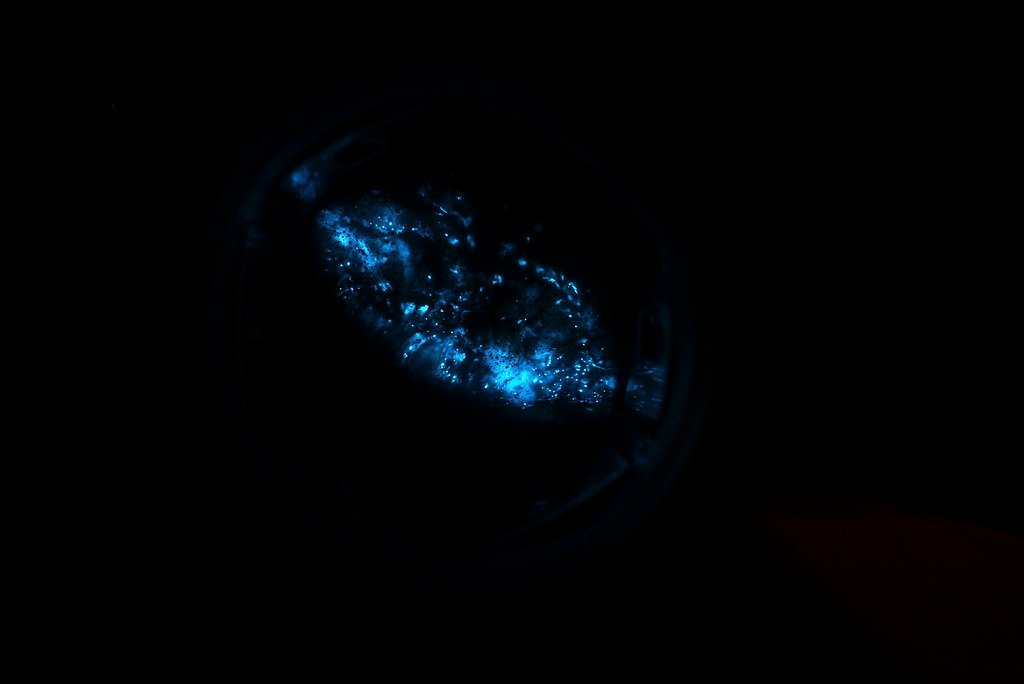Imagine a dusty savanna at dawn, a chorus of paws, hooves, and wings moving like a single living map. Scientists have spent decades decoding how animal groups make choices – who leads, who scouts, who stays behind to guard the young – and the answers upend our clichés about dominance. Today, we’re borrowing a familiar cultural lens to tell that story: the zodiac, not as astronomy, but as a set of human-friendly archetypes that help us picture complex social roles. It’s a playful framework with a serious purpose, translating ethology – the study of animal behavior – into something we can feel in our bones. The mystery: can a centuries-old set of symbols illuminate cutting-edge insights on cooperation and power in the wild?
The Hidden Clues
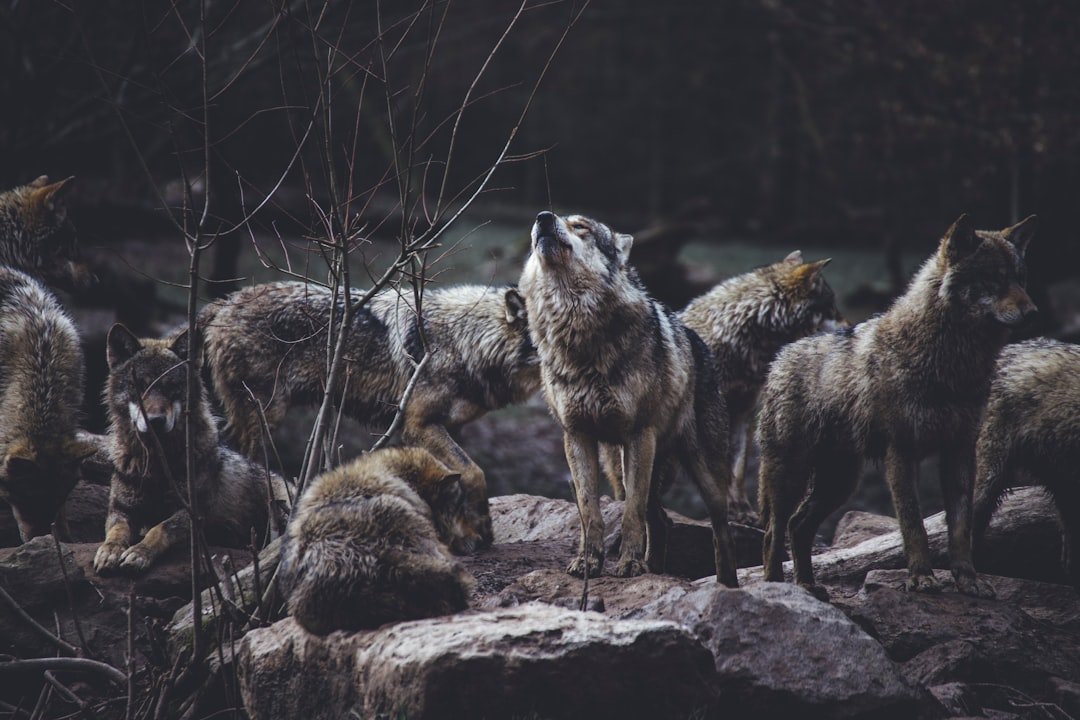
Here’s the twist: in real packs, power rarely looks like a roar – it looks like timing, trust, and quiet coordination. Field biologists tracking wolves, African wild dogs, hyenas, and meerkats have shown that group success hinges on a division of labor that shifts with season, hunger, and risk. One animal nudges the hunt to begin, another reads the wind, another watches the horizon while the rest feed, and another steps in when tempers flare after a high-stress chase. Personalities matter, too; bolder individuals often spark action, while cautious ones save the group from reckless moves.
Think of a pack like a newsroom on deadline: you need the editor, the fact-checker, the field reporter, and the calm colleague who quietly fixes the mess. In the wild, those jobs aren’t fixed titles, but patterns that emerge from experience, age, and social bonds. With that backdrop, the zodiac becomes a metaphorical cast list for roles we see in nature – not prophecy, but a vivid way to tell a scientific story.
From Ancient Symbols to Modern Science
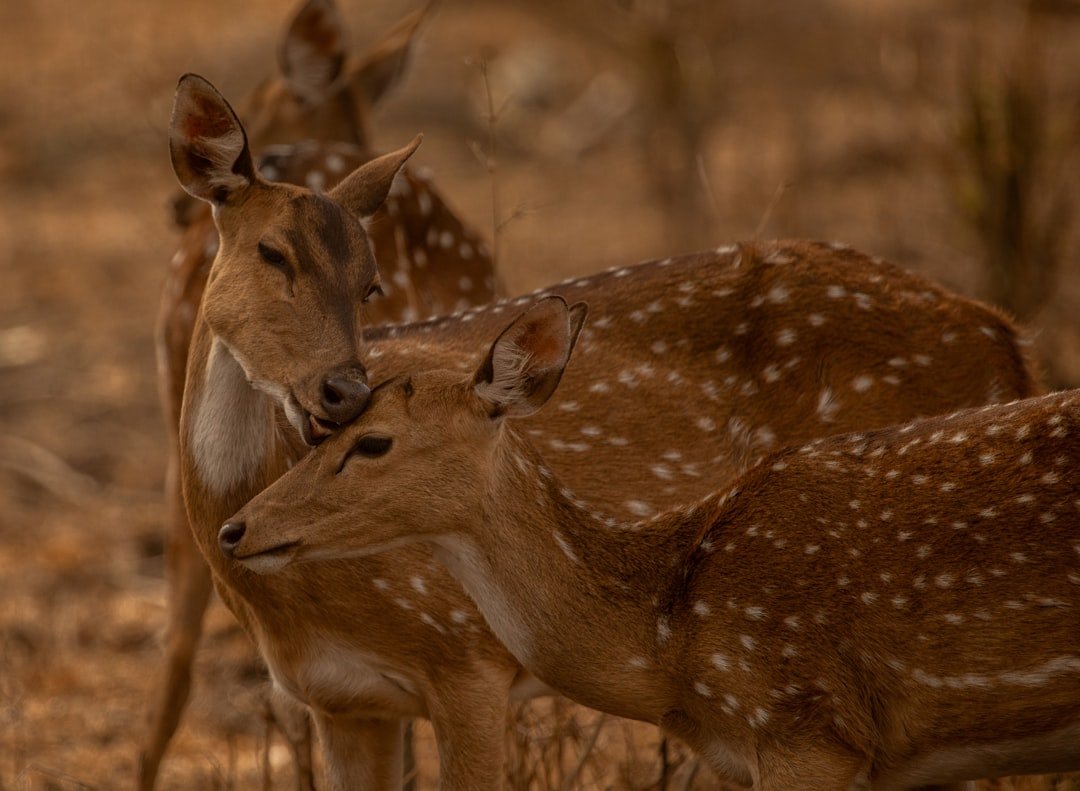
Astrology isn’t a scientific tool, but archetypes can still help people grasp how cooperation really works. Behavioral ecologists study leadership and followership, sentinel duty, conflict mediation, and information flow with GPS collars, accelerometers, and hours of patient observation. The results are wonderfully unromantic: effective groups are less about a single alpha and more about distributed smarts and situational leadership. That finding alone flips decades of pop-culture mythmaking on its head.
So, consider each sign below as an analogy for a role we can document in nature. The animals are real, the behaviors are observed, and the mapping is a storytelling bridge – not a testable claim about your birth date.
The Pack Lineup: Aries to Virgo
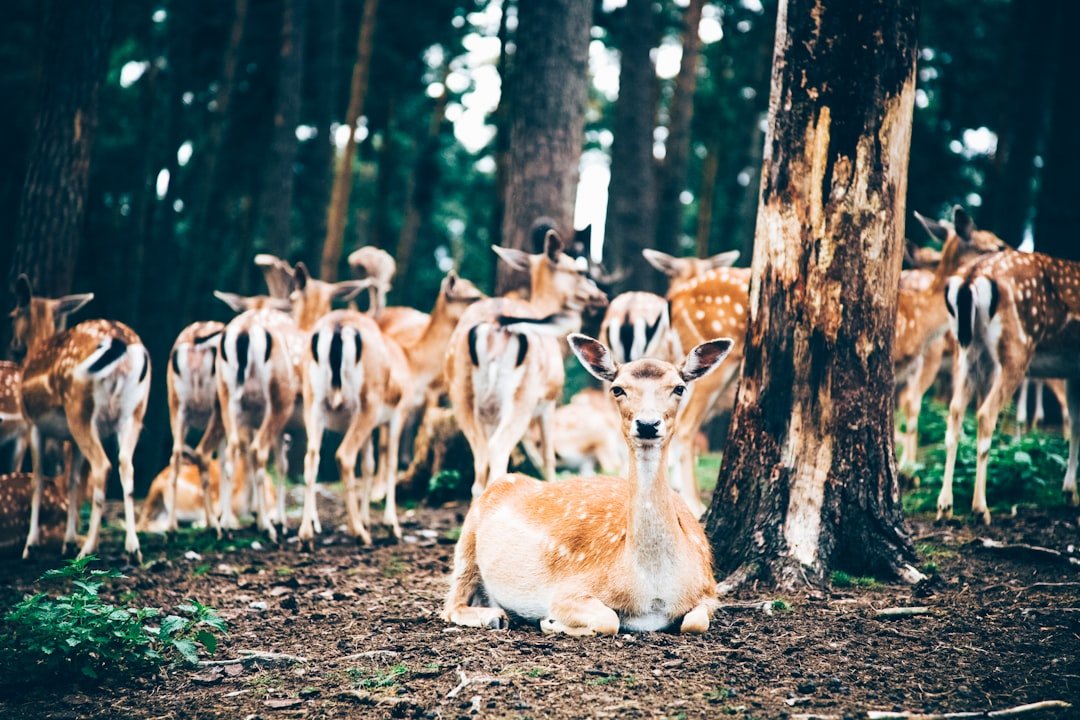
Aries is the African wild dog, the rally starter who bounces and bows until the pack’s energy syncs; these dogs coordinate with astonishing precision, and someone has to spark the first step. Taurus is the musk ox, the bulwark that faces outward when threats close in; those stoic circles save calves and steady a herd under pressure. Gemini is the raven, the information broker that scouts, alerts, and even guides wolves to carcasses – a living, winged rumor network that pays off for everyone.
Cancer is the elephant alloparent, the keeper of calves and memory, steering the group away from old danger and toward dependable water. Leo is the lioness, charismatic and tactical, often coordinating flanks and ambush lanes where success comes from timing, not volume. Virgo is the meerkat sentinel and meticulous groomer, rotating lookout shifts and curbing parasites – quiet, essential labor that keeps the machine running clean.
The Pack Lineup: Libra to Pisces

Libra is the macaque mediator, diffusing post-conflict tension with grooming and proximity, because stability is a resource as real as meat or shade. Scorpio is the spotted hyena strategist, thriving in complex, female-led clans where social savvy determines access and survival; it reads risk like weather. Sagittarius is the wolf disperser, the restless pathfinder that leaves home range to scout new territory, expanding the map the rest will one day travel.
Capricorn is the ibex route-finder, sure-footed on steep decisions and quietly shepherding the group along the safest line. Aquarius is the bottlenose dolphin innovator, the tool user and social learner whose quirks become tomorrow’s best practice. Pisces is the orca caregiver-navigator, bonded to a matriline and exquisitely tuned to group mood, holding the pod together when conditions turn rough and visibility drops.
Why It Matters
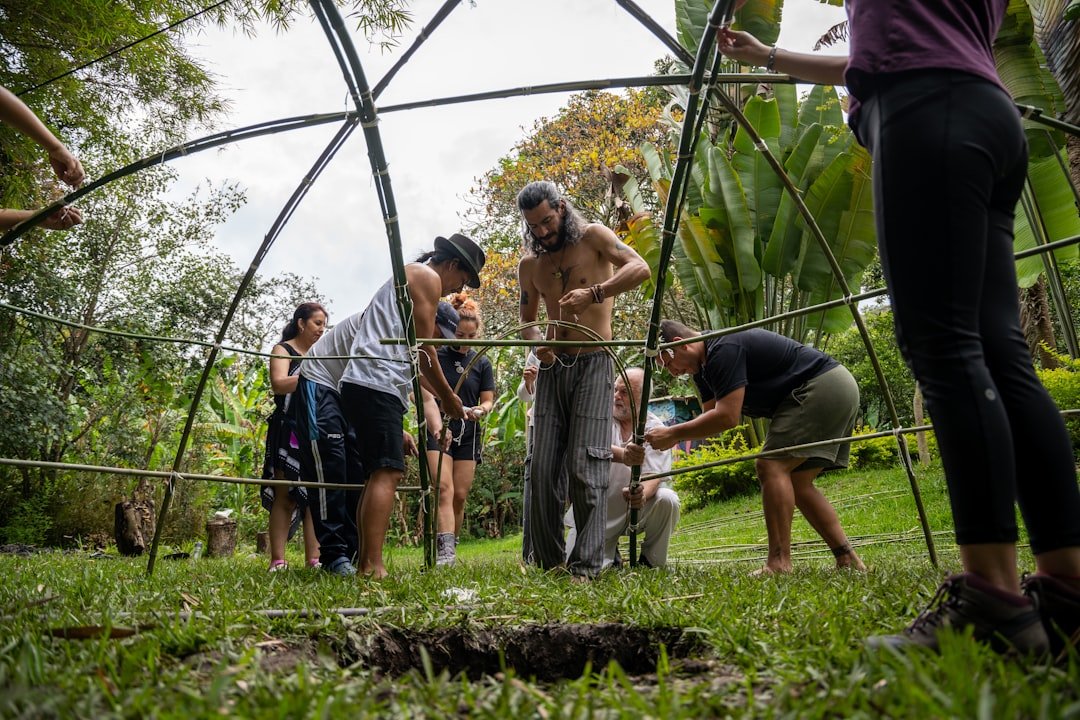
Translating pack dynamics into recognizable archetypes does more than entertain; it makes the science of cooperation stick. We remember that hunts succeed when initiators and skeptics both get airtime, that sentinels and caregivers are as vital as chasers, and that a single dominant individual rarely guarantees stability. Traditional “alpha” narratives often flatten these complexities and underplay how often leadership is negotiated or shared. This reframing also speaks to our teams at work, at home, and online: sustained success tends to come from well-matched roles and feedback loops, not lone-hero myth.
There’s a human benefit in seeing yourself as the sentinel, the scout, or the mediator rather than angling for the throne. It builds respect for diversity in temperament and a pragmatic tolerance for the slow, often invisible work that holds groups together.
Global Perspectives
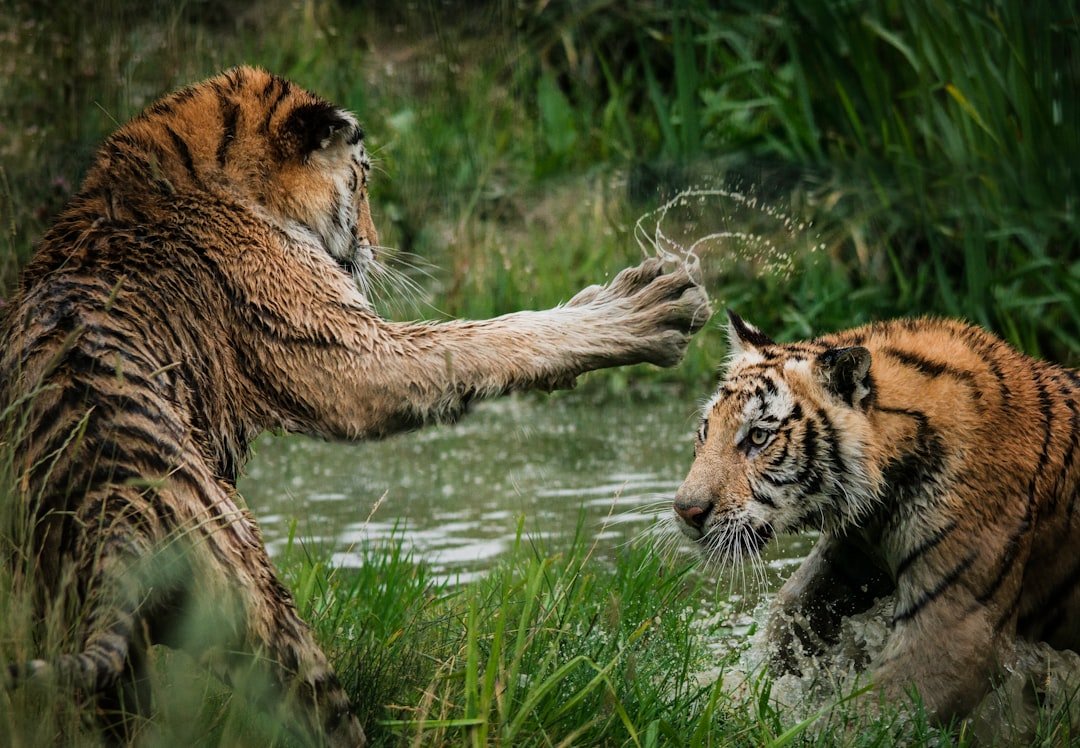
Look across continents and you’ll see the same cooperative templates repeating in new costumes. Wild dogs in southern Africa conduct pre-hunt “votes” with sneezes, ravens in the Arctic shadow wolves, and New World monkeys knit trust with food sharing and grooming. Pastoralists in northern latitudes have long read reindeer movement like a weather report, and fisher communities study dolphins that herd fish toward nets – a partnership older than written records in some places.
Urban ecologies echo the theme: crows cache food and monitor humans, foxes time their movements to traffic patterns, and feral dog groups form shifting alliances around resources. Wherever we live, the choreography of collective survival is unfolding right under our streetlights and skylines.
The Future Landscape
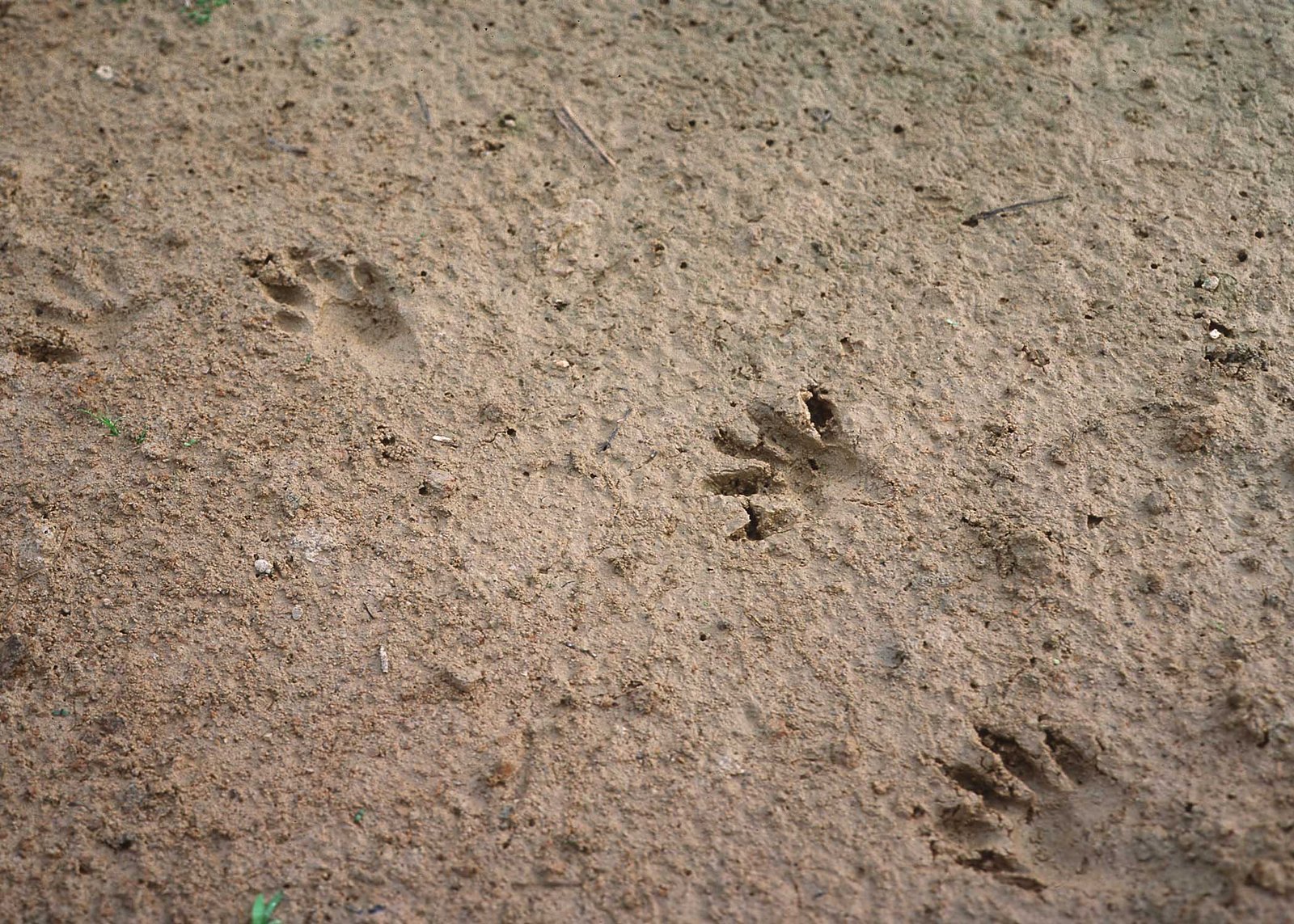
Technology is turning animal societies into high-resolution networks we can finally map. Miniature GPS tags and accelerometers reveal who initiates movement, who follows whom, and when vigilance spikes; machine learning stitches those signals into social graphs in near real time. Drones and thermal imaging extend that view at night and across tough terrain, while acoustic sensors capture contact calls, alarm notes, and coordination cues humans would miss.
Yet challenges persist: small sample sizes can skew results, device weight must be minimized, and ethical standards demand that tracking never jeopardize animals. Climate change is also reshuffling roles, compressing migration windows and forcing packs, pods, and clans to improvise. Expect a decade where conservation planning regularly integrates social role data – protecting not just habitats, but the social infrastructure that makes survival possible.
Conclusion
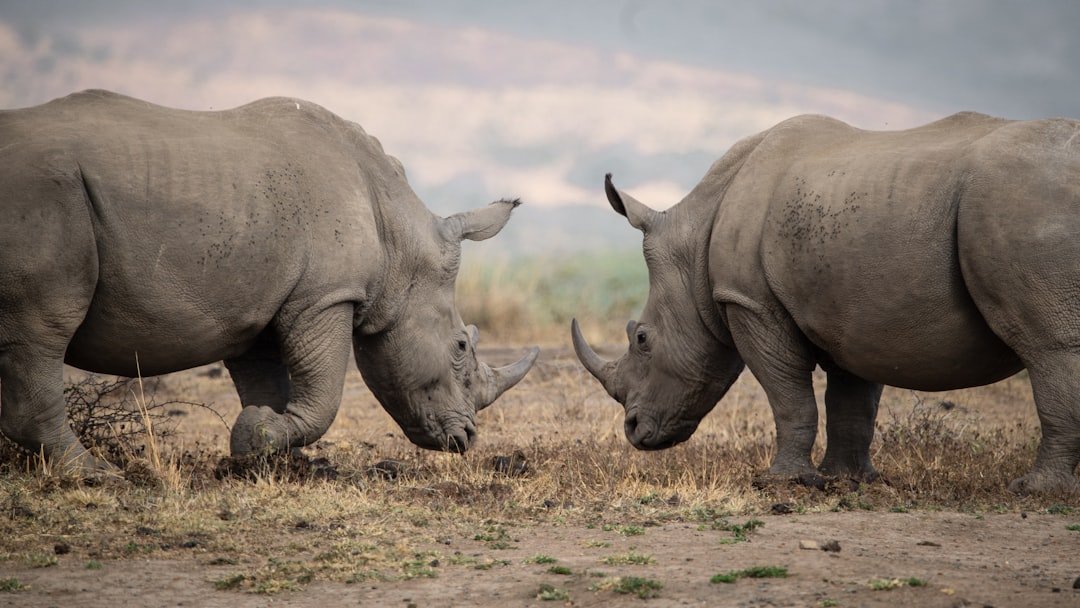
If this wild cast resonates, start close to home. Support projects that fund noninvasive tracking, community-based carnivore coexistence, and conflict-prevention tools that reduce retaliatory killing. Join citizen science platforms that classify camera-trap images or report sightings; the collective eyes of thousands can reveal patterns one research team would miss.
Rethink the stories you tell about leadership at work or in your neighborhood, and make room for the sentinel, the caregiver, the scout, and the skeptic. The next time you watch a flock wheel over a parking lot or a pair of coyotes thread a creek at dusk, try naming the roles – not the ranks. You might find the pack makes more sense than you expected; which role do you see in yourself today?

Suhail Ahmed is a passionate digital professional and nature enthusiast with over 8 years of experience in content strategy, SEO, web development, and digital operations. Alongside his freelance journey, Suhail actively contributes to nature and wildlife platforms like Discover Wildlife, where he channels his curiosity for the planet into engaging, educational storytelling.
With a strong background in managing digital ecosystems — from ecommerce stores and WordPress websites to social media and automation — Suhail merges technical precision with creative insight. His content reflects a rare balance: SEO-friendly yet deeply human, data-informed yet emotionally resonant.
Driven by a love for discovery and storytelling, Suhail believes in using digital platforms to amplify causes that matter — especially those protecting Earth’s biodiversity and inspiring sustainable living. Whether he’s managing online projects or crafting wildlife content, his goal remains the same: to inform, inspire, and leave a positive digital footprint.

